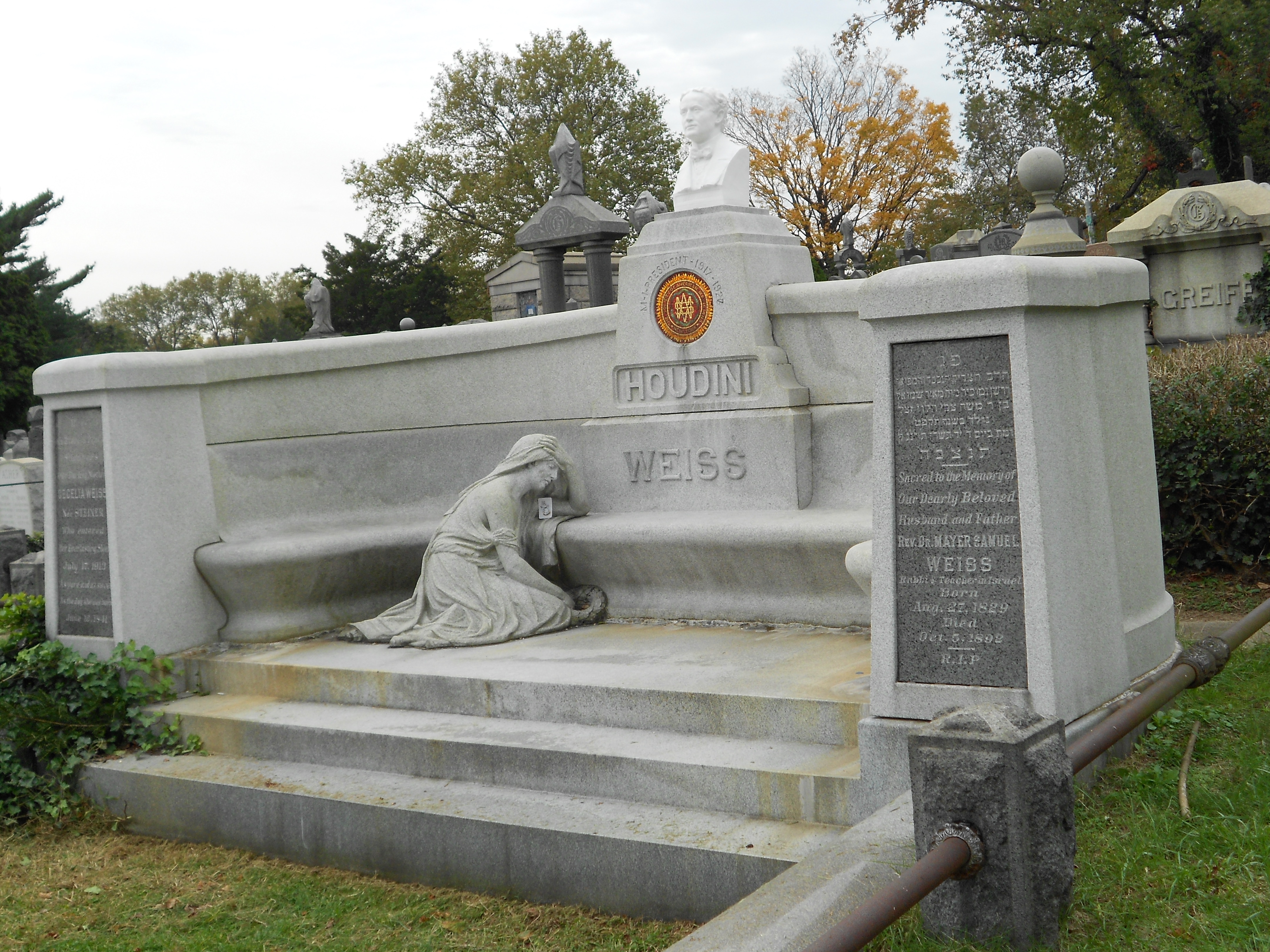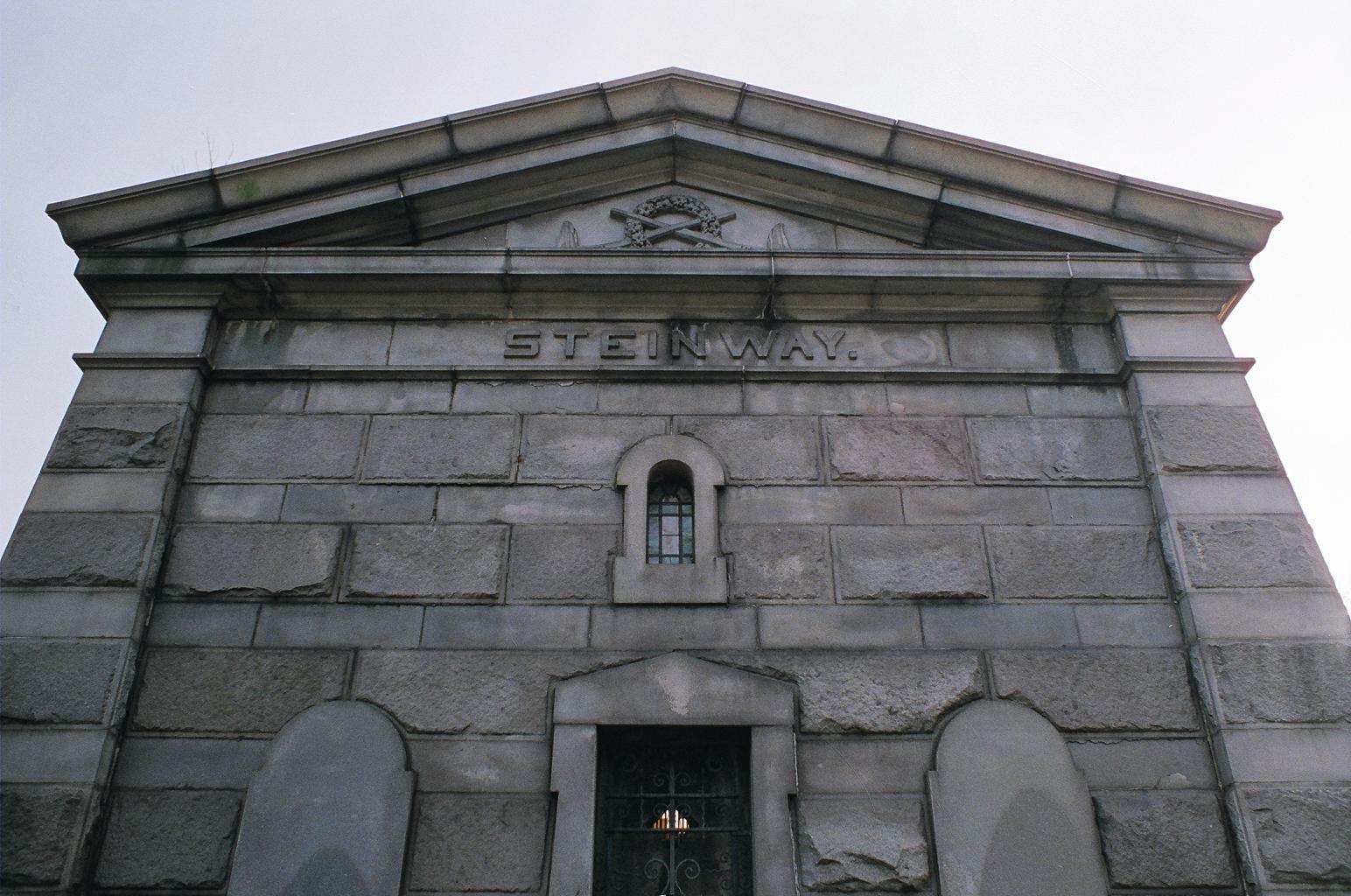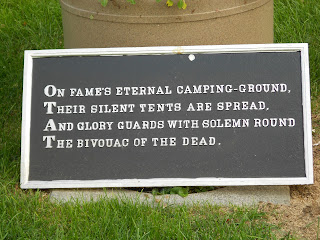Legendary Magician and Escape Artist: Harry Houdini

I’ve posted about Harry Houdini (aka Ehrich Weiss) before, but with a new development –-and new photographs--here’s another tribute to the famed magician on the 85th anniversary of his death. On October 31, 1926, Harry Houdini died in a Detroit hospital from peritonitis, following two surgeries for a burst appendix. He was 52 years old. Houdini’s body was placed in a bronze casket the magician had had specially constructed for one of his acts and –-it was said --for his eventual burial. Curiously, after Houdini’s last show in Detroit close, his equipment was all shipped back East except for the casket. On November 3rd, Mrs. Beatrice Houdini and three of the magician’s siblings accompanied his body on the train to NYC. There it was met at Grand Central Station by a large group of friends and relatives before being taken to the West End Funeral Chapel. At 10:30 AM, the next morning, Houdini’s religious service took place at the Elks Club in Manhattan. Two Rabbi’s officiated and ...
copy.JPG)






